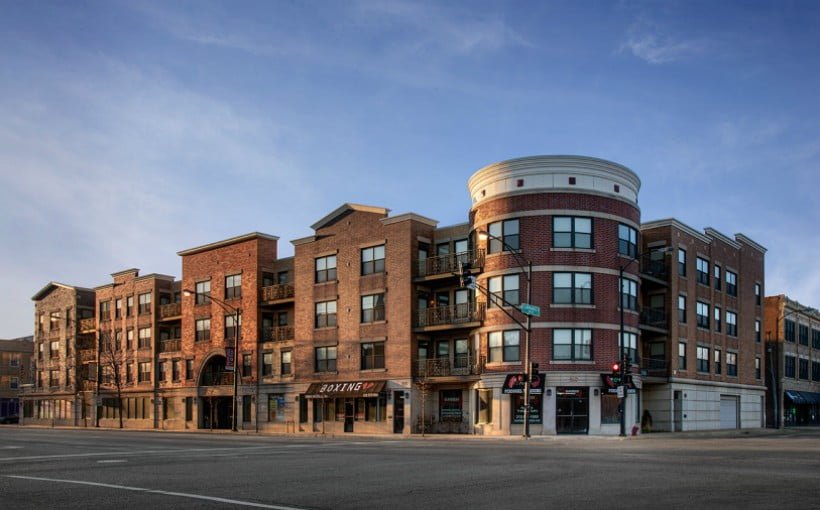03.21.19
Forbes: 11 Signs To Look For When Considering Investments In High-Potential Neighborhoods

Before thinking of investing in a property, most real estate investors need to ensure they know the lay of the land — literally and figuratively. Gaining insight into what changes are coming for a market can mean the difference between finding a long-term investment, or discovering that a property isn’t worth half what you paid for it.
So what signs should real estate investors look for when looking in specific neighborhoods or regions? Which factors impact properties with high-potential values and how can investors find out about them? To help, members of Forbes Real Estate Council open up about the signs they look for when investing in certain regions with potentially high values. Here’s what they look for:
1. Strong Economic Drivers
Each investment strategy takes a different approach. A flipper may look for different drivers than someone who likes to buy and hold. Since I acquire assets in the multifamily space, I look for: business-friendly, landlord friendly, job growth, job diversification, population growth, absorption rate, rent-to-income ratio and market that has matured later in the cycle. – Scott Morongell, Morongell Capital
2. Infrastructure
My favorite way to answer this question is: If a Whole Foods has recently opened in the neighborhood, you can confidently invest in it. Whole Foods is never wrong. Neither is Trader Joe’s. To expand on this: Infrastructure brings higher prices. So, anything that simplifies commute, shopping or quality of life would be a sign of the neighborhood with great promise. – Elliot Bogod, Broadway Realty
3. Local Restaurants
I work in retail real estate, so when I am evaluating a submarket and attempting to gauge its direction, I like to visit the local restaurants in the evening. I prioritize the environment at a local restaurant more than other demographic and socioeconomic data. – Bethany Babcock,Foresite Commercial Real Estate
4. Walkability
While it ultimately depends on the investment strategy, one key aspect to take into account would be the targeted area’s walkability or potential walkability. That is, does the area have higher residential density, multiple modes of transportation or contain various land uses. Buildings within highly walkable areas have been shown to be more popular with tenants and can command premium rents. – Matthew Otte, Whitebox Real Estate, LLC
5. Renovations
For apartment investments, look a the inventory of apartment buildings in the area. Has sales velocity increased? Are the apartments being renovated? If so, then other investors have entered the market. – Lee Kiser, Kiser Group
6. The Path Of Progress
The best value can be found in neighborhoods that are in the path of progress. Look for new retail near old, new bars and restaurants that seem to change a neighborhood, and an area where young people moving to. All those are strong indicators that the area is in the path of progress, and that demand will follow and increase the value of your property via appreciation. – Ellie Perlman, Blue Lake Capital LLC
7. Population Changes And Gentrification Trends
Gentrification is a bit of a loaded term, but our company’s proprietary algorithms crunch this type of data every day to look for these exact trends. Two major categories we focus on are localized population trends and neighborhood momentum. Momentum is as much about avoiding stagnant neighborhoods as it is looking for areas about to experience a renaissance. – Colin Bogar, Property Passbook
8. Hot Stores Moving In
If looking for areas which are likely to experience the most value growth in the near future there are several signals to watch. Hot name brands, like Amazon and Whole Foods, moving in is a good sign. Population and job growth are even more important. Affordability is really a deciding factor. Thought has to be put in the context of who the local buyers are. Taxes change migration patterns too. – Kent Clothier, Real Estate Worldwide
9. Closest City And Buyer Trends
Keep an eye on the closest city and buyer trends, as they tend to spread to the neighboring areas where prices are still lower. Keep an eye on businesses opening up or restaurants moving to the area, which will dictate the trendier locations of the neighborhood where buyers will want to be. – Beatrice de Jong, Open Listings (YC W15)
10. Influx In Permits
Multiple new developments are a key indicator that an area is changing. Research permit data such as high-end coffee shops moving in in order to get a picture of what is happening in a market. Retail typically sets the trend and apartments follow. – Aaron Galvin,Luxury Living Chicago Realty
11. Pay Attention To City Planning/Zoning Meetings
To be ahead of the curve, you can’t wait until you see the cranes and construction trucks. Sign up for city planning/zoning update meetings, which are posted online for many municipalities. These will tell you where the next new major developments will be, giving you plenty of time to acquire and improve adjacent properties just before values increase. – Yousif Abudra, BENA Capital, LLC
